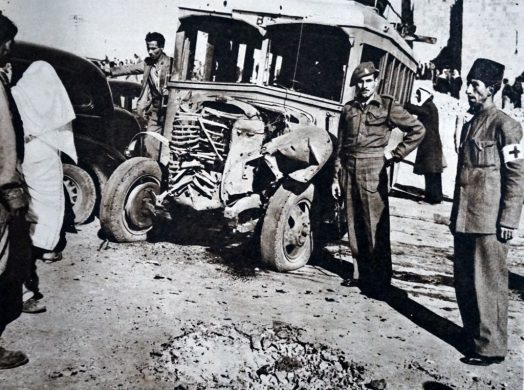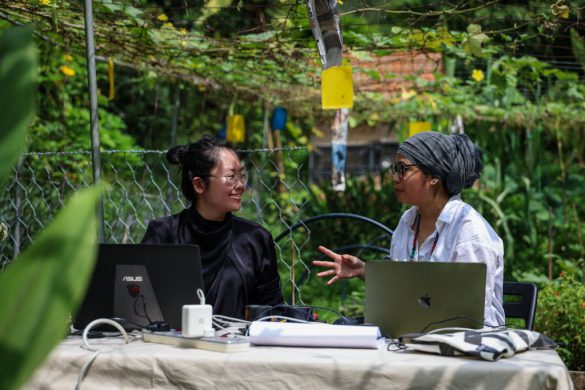In spite of drought, the onset of a coffee crisis, and the devastation of Hurricane Mitch, overall poverty in Nicaragua fell from 50,3 percent in 1993 to 45,8 percent in 2001.
According to the World Banks Nicaragua Poverty Assessment, however, extreme poverty in the Central American country continues to be overwhelmingly rural, where more than 25 percent of the population struggle to survive on less than one dollar per day.
– Nicaraguas advances in poverty reduction over the last ten years are encouraging, but we also realize there is much to be done, particularly in improving the conditions of the poor in rural areas, said Amparo Ballivián, World Bank Country Manager for Nicaragua.
The study, which is based on long-term poverty levels in Nicaragua, was released primo June. The report finds significant progress in poverty reduction while revealing a stark contrast in the livelihoods of urban and rural societies. Some of the major findings of the report include:
– Poverty changes between 1998 and 2001 varied substantially by region. Poverty fell by over 10 percent in the Pacific Rural area, but more modest reductions took place in the Atlantic Rural, Pacific Urban, and Central Urban areas.
– Poverty increased in Managua by 1,7 percent and extreme poverty increased by 5,7 percent in the coffee-dependent Central Rural region, which exemplifies the high vulnerability of specific populations to commodity shocks.
– Some social indicators have not improved since 1993. Fertility rates continue to be high in Nicaragua, particularly among adolescents with no education, and progress in education is mixed.
Although the number of students enrolled in primary and secondary school has increased considerably, efficiency indicators, such as promotion rates in rural primary schools and the percentage of students who finish primary school in six years, have not improved and illiteracy among the youth and adults has stagnated.
In addition, the report finds only modest improvements in basic water and sanitation infrastructure and diarrhea and upper respiratory infections for children, which continues to affect one out of every four children.
– Investments in productive infrastructure have stagnated since the early 1990s resulting in less access to electrification and some deterioration of rural roads. In 2001, one out of five extremely poor rural households had electricity, and only half of Nicaraguans had access to electricity in rural areas.
Progress in paved roads has been concentrated in urban areas as the result of post-Hurricane Mitch road reconstruction efforts, while regions such as the Central Rural and Atlantic Rural show some deterioration.
– Sustaining Nicaraguas progress in poverty reduction will require increased productivity, said Florencia T. Castro-Leal, World Bank Senior Economist and author of the report.
– The report outlines policy actions to boost productivity, including expanding the coverage and improving the quality of education, and increasing the access to productive and basic infrastructure and financial services, added she.
The Poverty Assessment suggests that Nicaragua should prioritize maternal and child health services for a broader base of families, especially reproductive health and prenatal care. The report also finds that expanded access to social protection interventions linked to situations of crisis can help protect the welfare of the poor, break the poverty trap, and reduce the vulnerability of the poor during difficult times.
In addition, the report warns that some of the factors that contributed to the reduction in overall poverty in the country will soon be exhausted.
For instance, poverty reduction between 1998-2001 was boosted by post-Hurricane Mitch investments. Also, research surveys for the poverty assessment took place in 2001, the first year that coffee prices declined, which continues to have an adverse impact on Nicaraguas countryside.
Nonetheless, the Nicaragua Poverty Assessment captures the initial effects of the coffee crisis on rural households, of which 23 percent had one or more members working as coffee producers or coffee laborers in at least one of the two survey years.
The study finds that the incidence of poverty among these “coffee households” increased by more than 2 percent and extreme poverty increased by nearly 5 percent between 1998 and 2001. During the same period, overall rural households saw a 6 percent decline in poverty.
The Nicaragua Poverty Assessment utilized 2001 data from the living standards measurement survey to assess key poverty changes between 1998 and 2001, obtain clues about strategies that may have led to improving the incomes of Nicaraguan families, and determine the areas where advances have been weak in order to raise public awareness and improve the efficiency of public programs.
The report was part of a collaborative effort between the Government of Nicaragua, the World Bank, and the Nicaragua Program for Improving Living Standards Measurement Surveys (MECOVI).
For more information on the World Banks work in Nicaragua please visit: www.worldbank.org/ni















